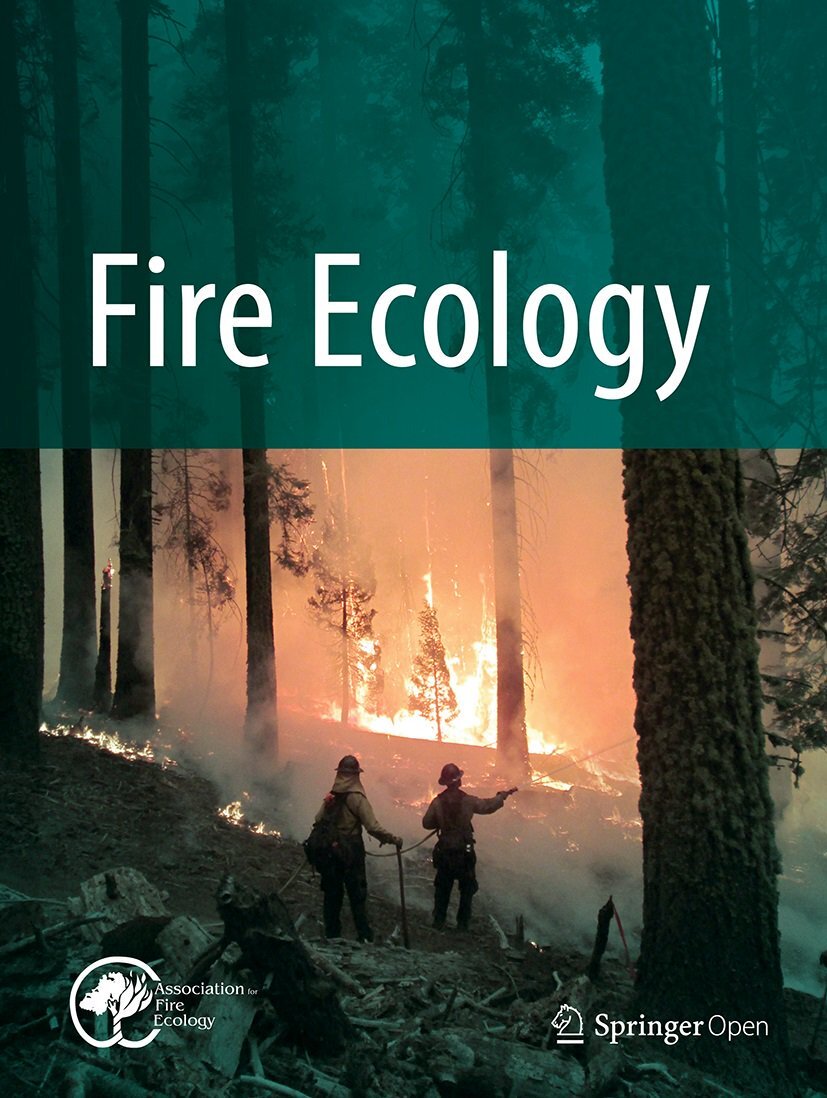Research Highlight
This research highlight summarizes a synthesis article recently published in Fire Ecology that provides the first broad-scale diagnosis of fire effects in South America, helping to visualize strengths, weaknesses, and gaps in fire research.
A review of fire effects across South American ecosystems: the role of climate and time since fire
Authors: Melisa A. Giorgis, Sebastian R. Zeballos, Lucas Carbone, Heike Zimmermann, Henrik von Wehrden, Ramiro Aguilar, Ana E. Ferreras, Paula A. Tecco, Esteban Kowaljow, Fernando Barri, Diego E. Gurvich, Pablo Villagra & Pedro Jaureguiberry
FIRE EFFECTS IN SOUTH AMERICA
Fire is an important driver in the dynamics of terrestrial ecosystems worldwide, influencing many attributes, functions, and processes. However, knowledge on broad-scale patterns of ecosystem and organism responses to fires is still scarce. Understanding the changes imposed by fire is challenging, as there are several factors involved that act at different spatial and temporal scales. Feedbacks between climate, vegetation and fire often involve complex non-linear and context-dependent relationships, influencing ecological processes and evolutionary aspects of the biota, which in turn influence ecosystem responses to fire. Through a systematic quantitative review and meta-analyses of available studies we assessed fire effects on biodiversity and abundance of different organisms (i.e., plants, fungi, invertebrates, and vertebrates), plant fitness, and soil properties under four climate types, and time since the last fire (i.e., early and late post fire). The main questions we addressed were: (1) Where have the fire effects of our interest been studied across South America? (2) What are the overall responses of biodiversity, abundance, fitness, and soil properties to fires? (3) How do climate and time since fire modulate those responses?
Results
We analyzed 160 articles reporting 1465 fire responses on paired burned and unburned conditions. Studies were concentrated on regions more prone to fire (i.e. semiarid and humid warm) and in short time after the last fire. We found no effect of fire on biodiversity or on invertebrate abundance, a negative effect on woody plant species and vertebrate abundance, and an increase in shrub fitness. Soil in burned areas had higher bulk density and pH, and lower organic matter and nitrogen. Fire effect was significantly more positive at early than at late post fire for plant fitness and for soil phosphorus and available nitrogen. Stronger negative effects in semiarid climate compared to humid warm climate suggest that higher temperatures and water availability allow a faster ecosystem recovery after fire.
Conclusions
Our review highlights the complexity of the climate–fire–vegetation feedback when assessing the response of soil properties and different organisms at various levels. The resilience observed in biodiversity may be expected considering the large number of fire-prone ecosystems in South America. The recovery of invertebrate abundance, the reduction of the vertebrate abundance, and the loss of nitrogen and organic matter coincide with the responses found in global reviews at early post-fire times. The strength of these responses was further influenced by climate type and post-fire time. Our synthesis provides the first broad-scale diagnosis of fire effects in South America, helping to visualize strengths, weaknesses, and gaps in fire research. It also brings much needed information for developing adequate land management in a continent where fire plays a prominent socio-ecological role. Our review allowed us to identify specific research gaps, given the relevance of this continent in the global dynamics of fire, it is highly necessary that these gaps be added to the agenda of research priorities for future studies in fire ecology.





